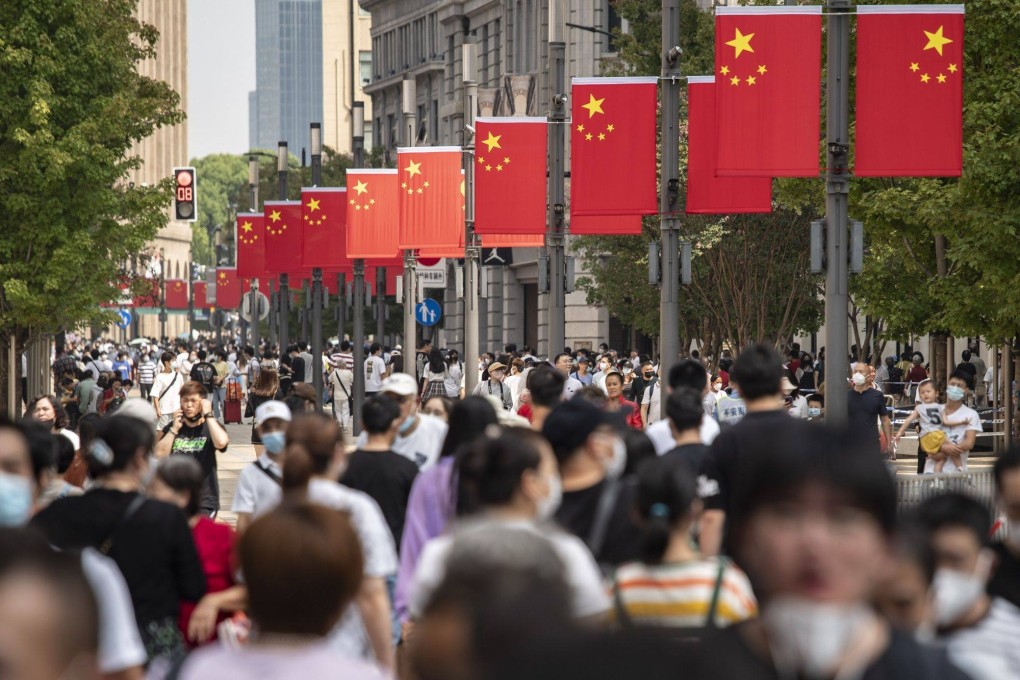Advertisement
Vaccination key to relaxing Covid-19 controls in China: pandemic expert
- Vaccine uptake has been slow among the elderly, who would ‘bear the brunt’ of a large-scale outbreak
- Mild or no symptoms among the vaccinated are not a sign that the danger of deaths in high-risk groups has passed
Reading Time:2 minutes
Why you can trust SCMP
34

Now is not the time to relax Covid-19 controls in China, with the risk of a massive outbreak if the nation does not continue to actively limit the spread of infections, a national pandemic control expert said on Thursday.
Wang Guiqiang, director of the infectious diseases department at Peking University First Hospital, told Science and Technology Daily that Omicron BA.5 – responsible for China’s current outbreaks – was less pathogenic but more infectious than previous variants.
A large-scale epidemic would inevitably lead to deaths in high-risk populations and the elderly “would bear the brunt” if controls were relaxed, he said.
Advertisement
Wang said younger people infected with the virus might have mild or no symptoms, but they could still pass it on to older family members who may not be fully vaccinated, putting them in danger.
China is the world’s only major economy to maintain strict Covid-19 restrictions, with massive lockdowns and mass testing routines aimed at stopping the spread of the virus ahead of the 20th Communist Party congress, which starts on October 16.
Advertisement
The task has been complicated by an increase in travel and social gatherings during the National Day “golden week” holiday which started on October 1 as sporadic outbreaks were emerging across the country.
Advertisement
Select Voice
Choose your listening speed
Get through articles 2x faster
1.25x
250 WPM
Slow
Average
Fast
1.25x
